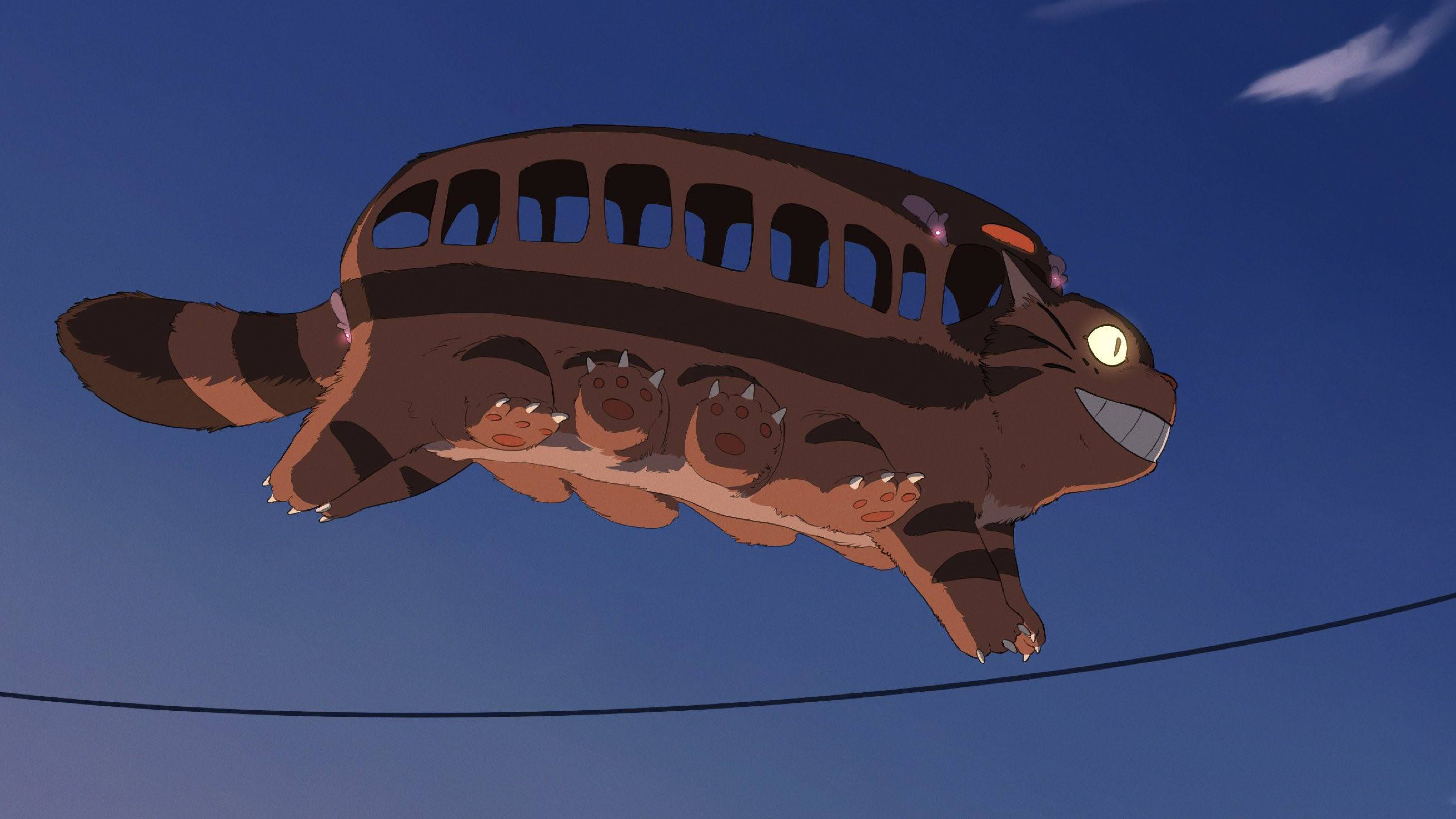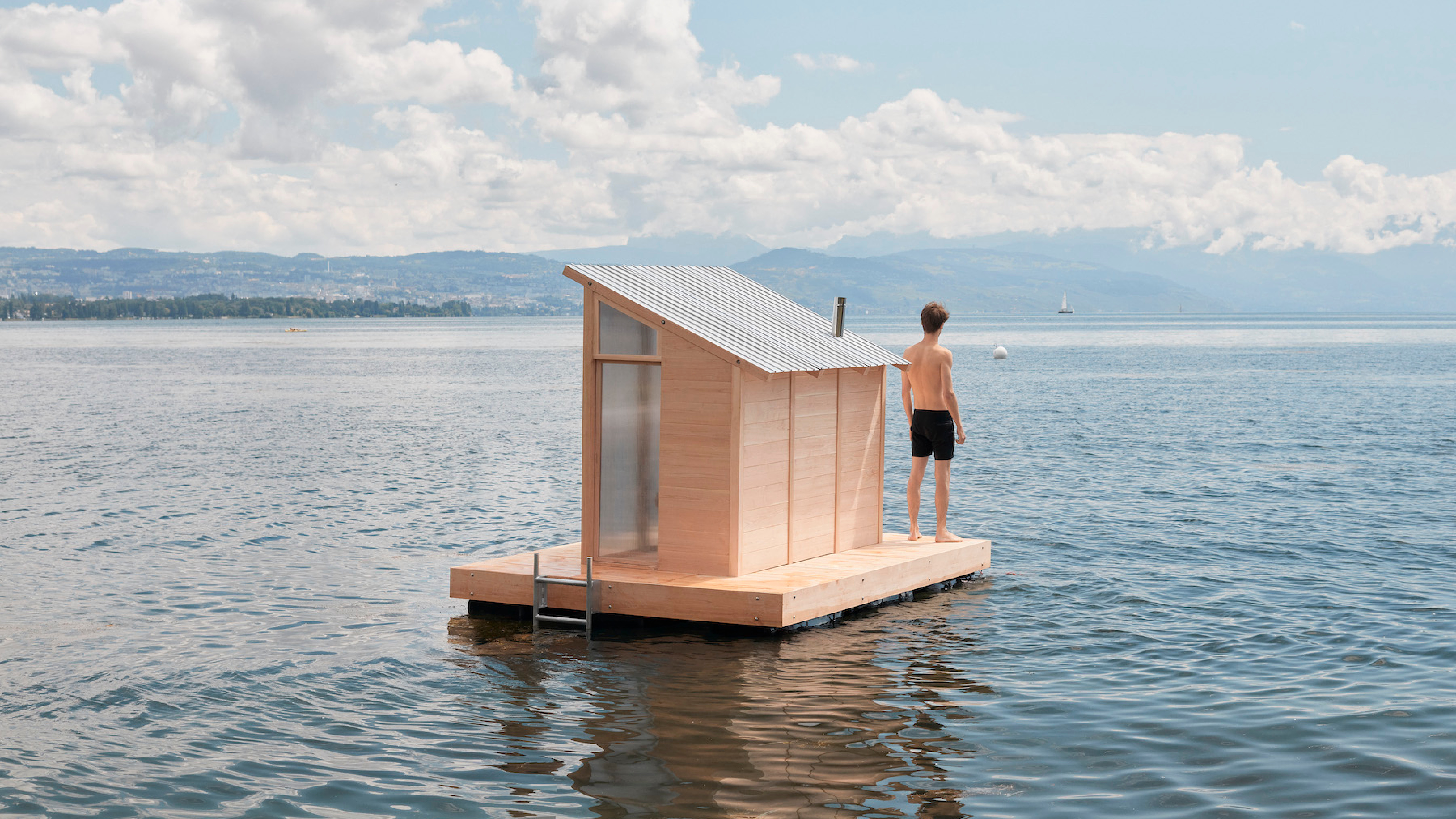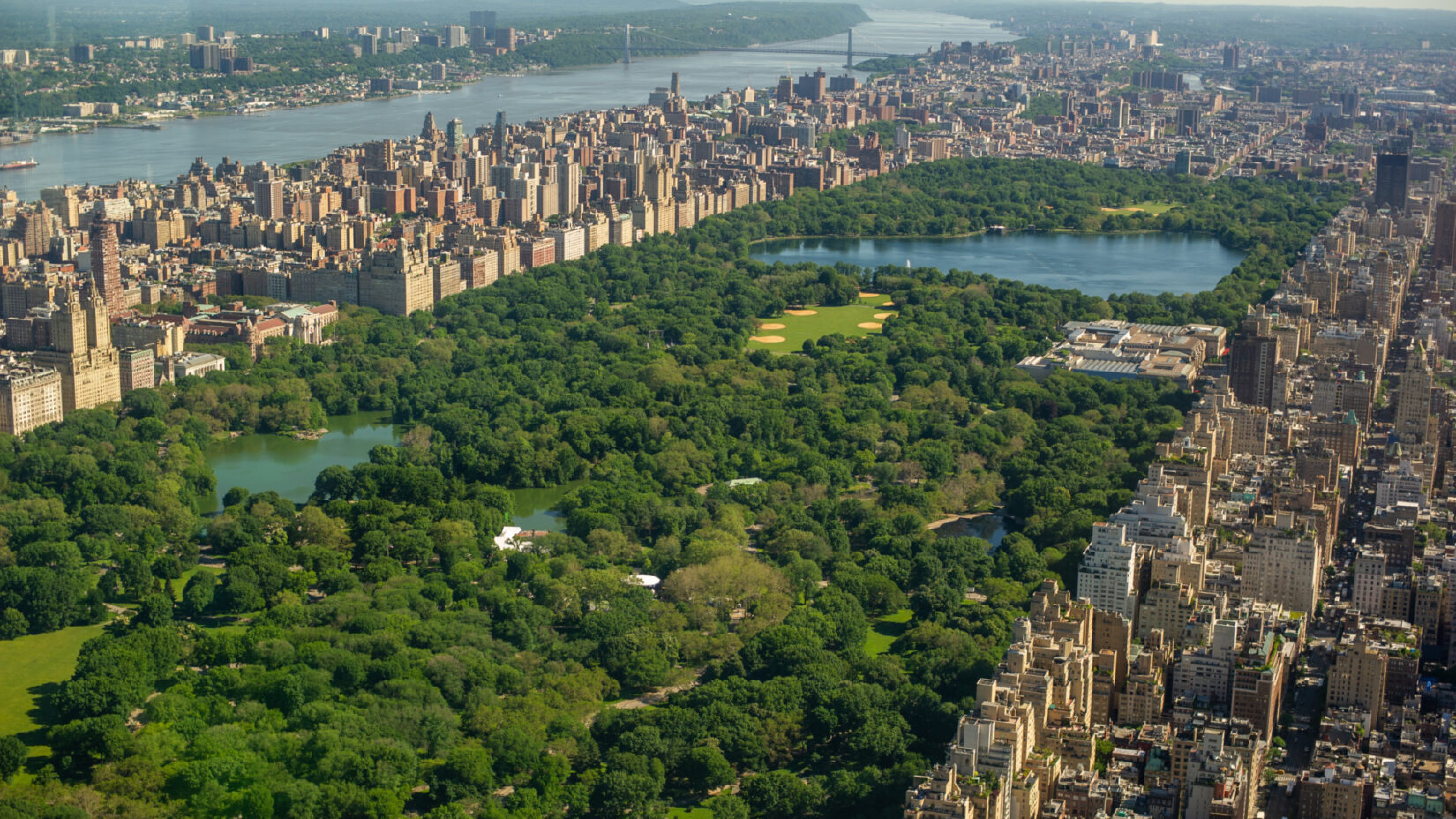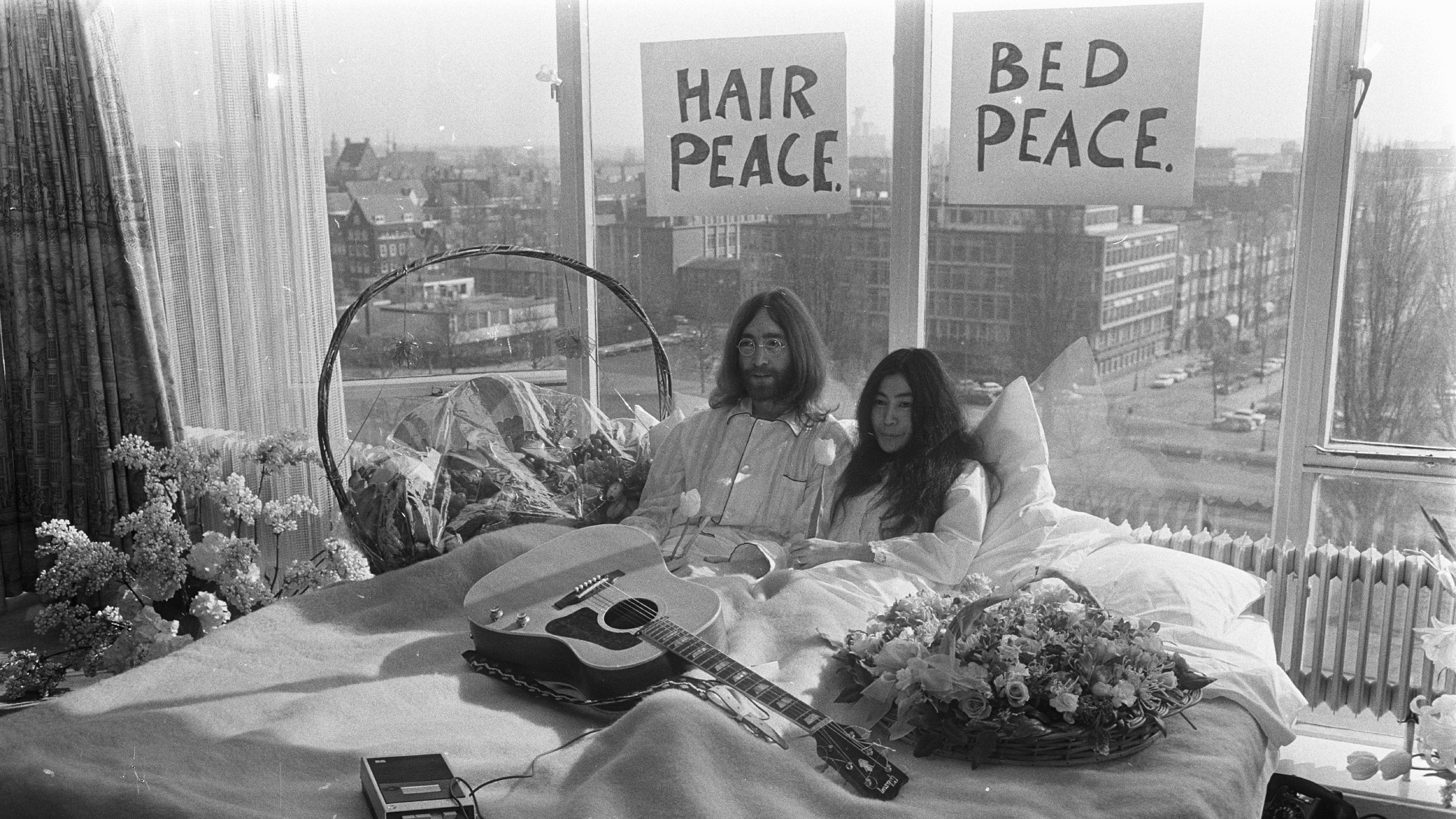Spaces is an exercise in curiosity about communal living and domestic activity. Each week we’ll select a Nation amenity and explore some of our other favourites from around the world, often drawn from fiction and throughout time.
In recognition of the our first NATION RADIO playlist being all about the Commute, we're taking a look at one of the favourite ways that our residents move around the city — the bus.
Australia's first bus hit the streets of Sydney in 1840. This horse-drawn bus service operated by John Benjamin Lawes. Lawes’ service ran between the harbour and Newtown, providing a crucial link for residents and setting the stage for the development of more extensive public transport network. Sydney again led the way in the transition to motorised buses in 1905, when the Sydney Tramway and Omnibus Company introduced the first motor bus service, further modernising the city’s transportation infrastructure, paving the way for the broad network of today.

NEKOBASU (CATBUS)
Nekobasu, or as it's more commonly known, the Catbus, is a favourite character from Studio Ghibli's beloved film My Neighbor Totoro (1988). Inspired by traditional Japanese folklore, this fantastical creature, a hybrid between a cat and a bus, has twelve legs, a large bushy tail, and a hollow body that serves as a bus, complete with windows and fur covered seats. The Catbus serves as a magical mode of transportation for the film’s main characters, Satsuki and Mei, able to seemingly move between the film's fantasy and "real" worlds. Symbolically, the Catbus represents the innocence and wonder of childhood. It also signifies the idea of guardianship and guidance, appearing to help the children in times of need, as well as the importance of creativity: the enchanting possibilities that lie beyond the ordinary. The Catbus has left a significant impact on popular culture, becoming an iconic symbol of the film and Studio Ghibli's imaginative storytelling.

FURTHUR
Ken Kesey's "Furthur" bus holds a legendary place in the annals of counterculture history. In 1964, the author of One Flew Over the Cuckoo's Nest and a group of friends known as the Merry Pranksters set off on a cross-country journey in a brightly painted, repurposed, 1939 International Harvester school bus named Furthur. This journey, intended to promote the release of Kesey's new novel, evolved into a psychedelic road trip that became emblematic of the 1960s' free-spirited, experimental era. With its vibrant, swirling colors and eclectic crew, the Furthur bus was a moving celebration of rebellion, creativity, and the quest for new experiences. The trip was documented by Tom Wolfe in his book The Electric Kool-Aid Acid Test, which immortalised the Pranksters' adventures and the bus itself as symbols of the era's cultural revolution. Furthur's impact extends beyond its historical journey, influencing generations of artists, musicians, and free-thinkers, and it continues to be a potent emblem of the transformative power of the countercultural movement. It's even possible you even encountered its influence as a young child, through the design of the Electric Mayhem bus in The Muppets which strongly echos Furthur's own psychedelic livery.

THE SPEED BUS
The 1994 action thriller Speed is the ultimate bus film. Starring Keanu Reeves and Sandra Bullock, Speed revolves around a city bus rigged with explosives that will detonate if the vehicle's speed drops below 50 miles per hour. Filming the intense bus sequences required innovative techniques and meticulous planning. Eleven General Motors "New Look" buses and three Grumman 870 buses were used in the film's production, but were all heavily modified to enable different stunts and filming techniques. Two of them were blown up, one was used for the high-speed scenes, one had the front cut off for inside shots, and one was used solely for the "under bus" shots. The climactic scenes on Los Angeles freeways and the iconic leap over an incomplete bridge were particularly challenging, and included the use of an 8-foot ramp that was built on the set, and initially provided too good of a result, sending the bus higher and further than needed, resulting in a second shot. What endures today from a filmmaking perspective is the fact that real buses were used to create real special effects.

MAGIC SCHOOL BUS
The Magic School Bus, a central element of the beloved educational children's series both in books and on television, serves as a fantastical vehicle for adventure and learning. Driven by the eccentric teacher Ms. Frizzle, the bus possesses extraordinary abilities, transforming and adapting to a myriad of environments, from the depths of the ocean to the vastness of space, and even the microscopic world inside the human body. This magical vehicle symbolizes the limitless possibilities of exploration and curiosity, encouraging children to embrace science and discovery. The series, created by Joanna Cole and illustrated by Bruce Degen, has made a significant impact on children's education since its debut in the late 1980s. It combines entertainment with informative content, making complex scientific concepts accessible and engaging for young audiences. The Magic School Bus has inspired generations of children to ask questions, seek knowledge, and view learning as an exciting adventure, leaving a lasting legacy in educational literature and media.

FREEDOM RIDERS
The Australian Freedom Ride buses, most notably associated with the 1965 Freedom Ride, played a crucial role in challenging racial segregation and discrimination in rural New South Wales. Organized by a group of Sydney University students known as the Student Action for Aborigines (SAFA), and led by activist Charles Perkins, the Freedom Ride sought to draw attention to the appalling living conditions and systemic racism faced by Aboriginal Australians. Traveling in an old bus, the group visited towns where they protested against segregation in public places like swimming pools, cinemas, and pubs, and highlighted issues such as inadequate housing and health services for Aboriginal people. The media coverage generated by their journey brought national and international attention to the civil rights struggles of Indigenous Australians. The Freedom Ride not only marked a pivotal moment in Australian history, raising public awareness and laying the groundwork for future reforms, but also solidified the bus as a powerful symbol of social justice and change.




